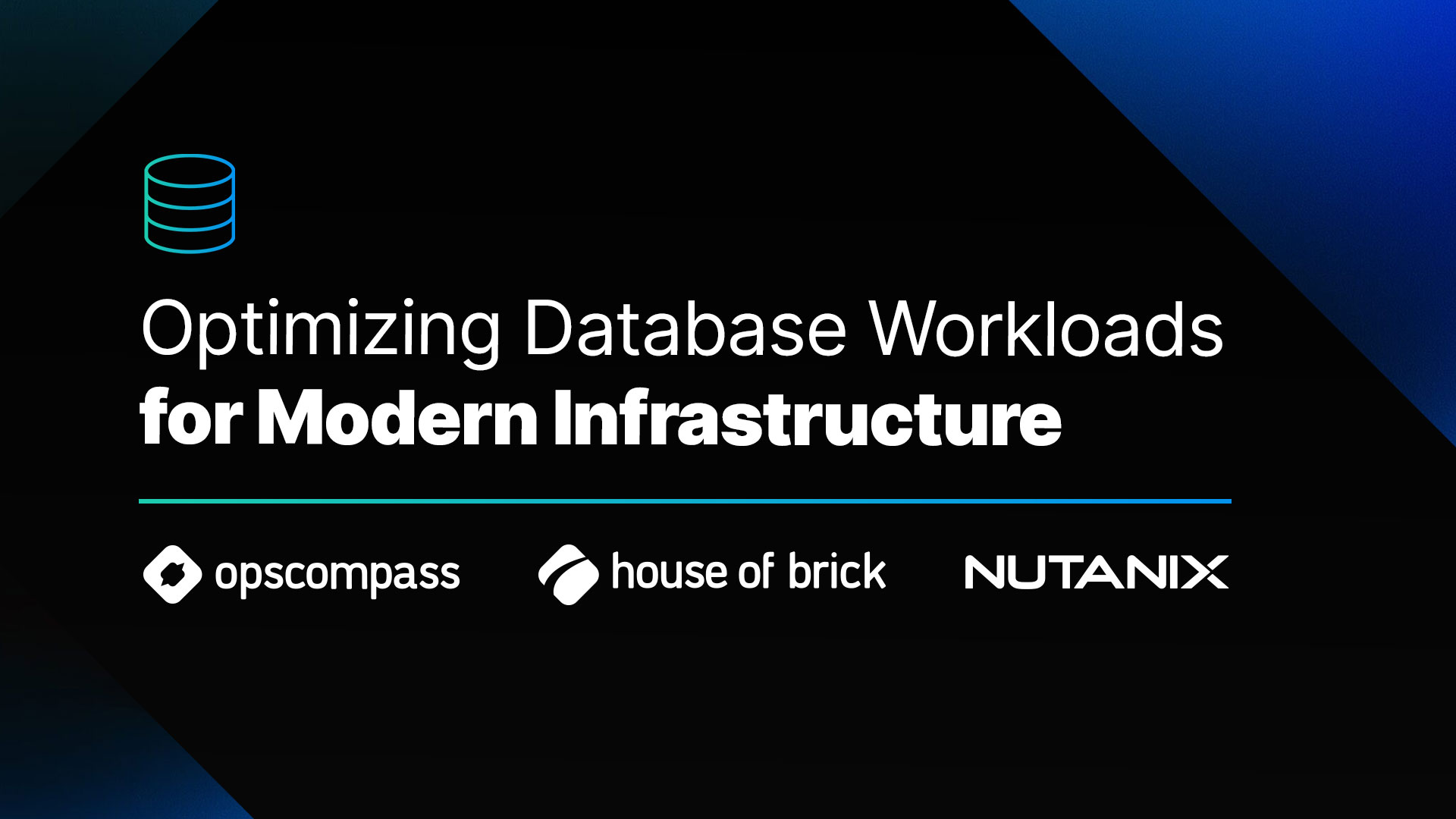Executing an Actionable Cloud Technology Strategy
When it comes to the increasing demand for IT Operations solutions that impact core business strategies, it is no secret that cloud computing has become an essential element in that transformation. As a leader, you understand the value that a cloud-first strategy brings to your business. Often however, we find others in our organizations who are hesitant about moving forward. Even if they are aware of the inherent benefits that come with moving to the cloud including cost, security, and flexibility – it still requires a change, and people often resist change.
Communication around business change is a big challenge: whenever something disrupts the way things have always been done, it will have an impact on your company’s subculture, employee perception, management flow, and key metrics.
Frame the Strategy
The first component of effectively communicating the change is to establish the “why,” by clarifying the strategic pivot. Helping teams talk through the business goals, market reasoning, and technology strategy and sharing an achievable tactical plan is important. Even if you do not achieve complete buy-in, this process establishes credibility of the intent and needs of the larger organization. It also compels the disengaged employee to accept that change is inevitable and start to see themselves in this future state.
The second step is to help team members identify themselves as a vital part of this new technology model. Many employees put stock in their technologies and certifications in lieu of the company that employs them. In the past, this was a safe way for engineers to manage their own career development. Today however, retention of expertise and native systems knowledge are vital components of how a team is assembled and tenure is protected. Understanding new role definitions in a cloud-centric environment is a must, and making the commitment to invest retraining is absolutely required. The good news is that most certifications and training components are available at low, or no cost from the top cloud providers.
One of the biggest implications with any type of technology disruption, like deploying a cloud strategy, is employee retention. For many, there is a natural hesitancy to embrace this type of change because they feel it could mean fewer jobs, especially for those who have been with the company long-term, but have not kept current with new technologies. Simply put, the challenge is that employees who are not willing to learn will find themselves less relevant than their counterparts who are embracing change.
Instead of focusing on that outcome, it is more productive to focus on the ways that you are empowering your employees to complete cloud-related training and achieve needed certifications. With the right tools and training, you already have the right team in place, one that understands your company and its needs and can apply their expertise to a new technology. What many technical team members may not know is that, with the right tools, they can become cloud architects in a fairly short amount of time.
Share Benefits of Migrating to the Cloud
There are a variety of good reasons to migrate to cloud-based platforms. Some of which include:
- Tightly controlling costs
- Overcoming technical debt
- Handling continual changes in requirements (like data storage)
- Instituting new development projects, mergers and acquisitions, and most importantly
- Managing constant demand for improved governance, security, and compliance.
Utilize Frameworks and Monitor Progress
The final element in this important communication process is to provide team members, including senior leaders, with the ability to monitor their progress in adapting to this new approach to technology management. The truth is that very little changes with regard to the actual technology best practices in a cloud environment. However the tools for monitoring, assessing and reporting on these differences are one of those meaningful changes. Thankfully, there are simple tools available to streamline the process and make it easier to manage.
We have the advantage of watching many organizations achieve success in implementing new cloud environments, and that success is attributed to following the recommended frameworks and maintaining communication with teams up and down the ladder. So, keep these five key steps in mind:
- Communicate the business strategy and make the team a part of the larger organizational requirement. Be clear about the “why” and the benefits to the organization as a whole. They do not have to agree, they just need to understand the logic behind the decision.
- Establish role clarity for the individual – help them understand their position during and after the transition. Because this is the future of technology, position the change as an important investment in their career, regardless of where they work in the organization.
- Determine KPIs that are relevant and measurable and which can be shared with the individual team member. Everyone likes to know how they are doing, particularly during a period of significant change.
- Setup a feedback mechanism that requires input from team members. Acknowledging and exploring opinions, even if it never goes beyond ideation, is a key factor in maintaining good communications and improving morale.
- Be kind to yourself and enjoy the ride.




